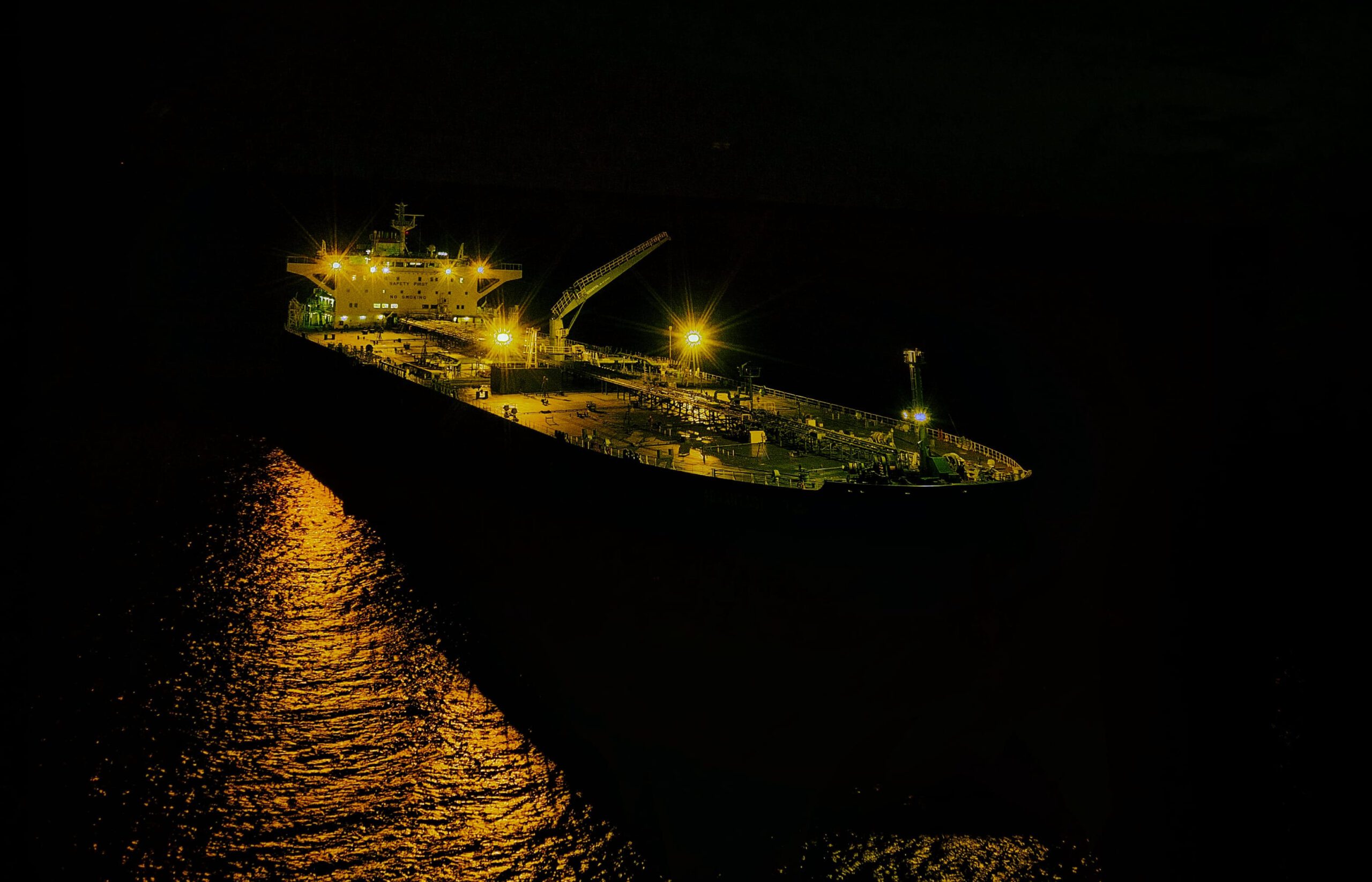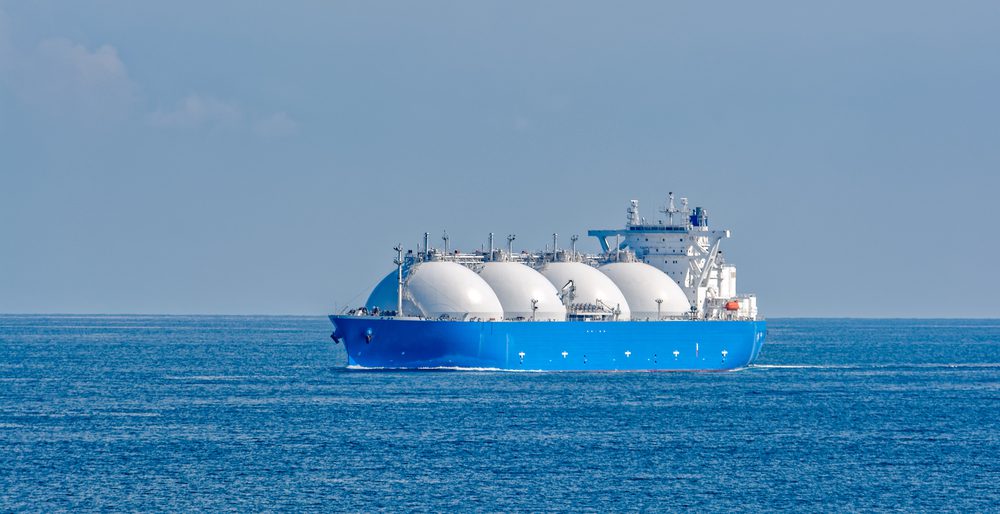By Mike Wackett (The Loadstar) –
As long as they are able to obtain premium rates, ocean carriers could decide to increase the service speed of their ships on the Asia-North Europe tradelane to mitigate the impact of Suez Canal diversions.
With the Red Sea crisis unlikely to be resolved any time soon, shipping alliance members are busy recalibrating their networks to factor-in the longer transit times of rerouting loop vessels around the Cape of Good Hope.
Moreover, in the process, the lines are consulting with their key accounts to determine the impact of the supply chain extensions.
“Nobody wants to be offering the slowest transit times from Asia after Chinese New Year, when we expect demand to be slack again,” a carrier contact told The Loadstar.
“But it’s got to make economic sense and we need all the partners to agree on a strategy – which is far from the case now,” added the contact.
Indeed, the lines will be aware that following a huge surge in Asia-North Europe container spot rates since December, which saw average headhaul prices triple, rates on the route had begun to ease towards the end of last week.
In fact, today’s Ningbo Containerized Freight Index (NCFI) recorded a week-on-week 8% drop in its Asia-North Europe component, as it reported that “carriers had to undersell their space to canvass more shipping orders”.
Meanwhile, Drewry’s Simon Heaney said the lines’ network planners would have to “weigh the trade-offs when redrawing Asia-North Europe services, looking for the sweet spot that minimises additional time, disruption and cost”.
But he added: “Longer distance doesn’t have to mean longer transit times. If carriers want to keep sailing days close to normal when routing around the Cape of Good Hope, they can steam at faster speeds, but that will incur significant extra cost”
Drewry’s research considered two options that the network planners could be considering.
Scenario one is that carriers add two vessels to each alliance loop at the current average service speed of 13 knots, in order to maintain a weekly sailing frequency, thereby increasing round-trip voyages costs by 3%, which Drewry said would be “nearly offset by canal toll savings”.
In the second scenario, if vessels increase their service speed to 19 knots, this would enable last-port-Asia to first-port-North Europe loops to be maintained, but that would entail a substantial 21% increase in round-voyage costs.
“Given that carriers are in cost-saving mode and that there is a surplus of ship capacity, it’s improbable that ships will be set to maximum design speeds,” argued Mr Heaney.
Nonetheless, Drewry does predict some increase in service speeds of loop vessels as part of the enforced network changes, and expects carriers to adopt strategies “somewhere in between” these two scenarios.
Furthermore, Drewry noted that there were other ways carriers could ensure transit times between key hub ports were competitive with other alliances, which could include cutting calls at smaller ports and changing rotations so voyage times improved between the bigger ports.
The Loadstar is known at the highest levels of logistics and supply chain management as one of the best sources of influential analysis and commentary.

 Join The Club
Join The Club










